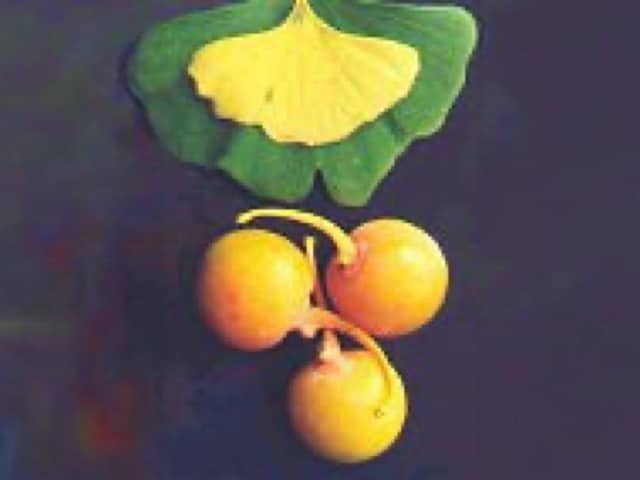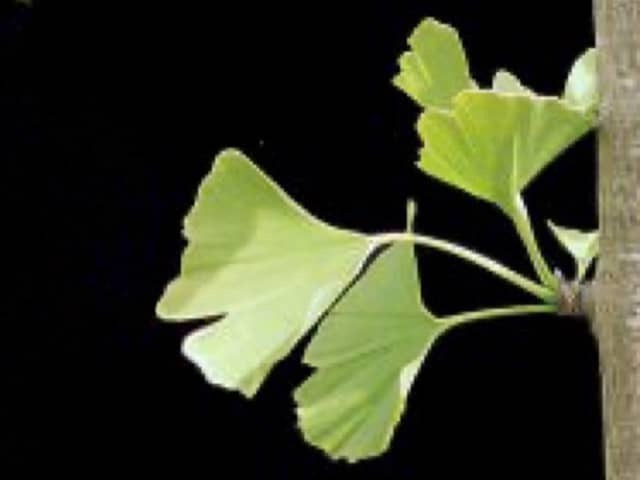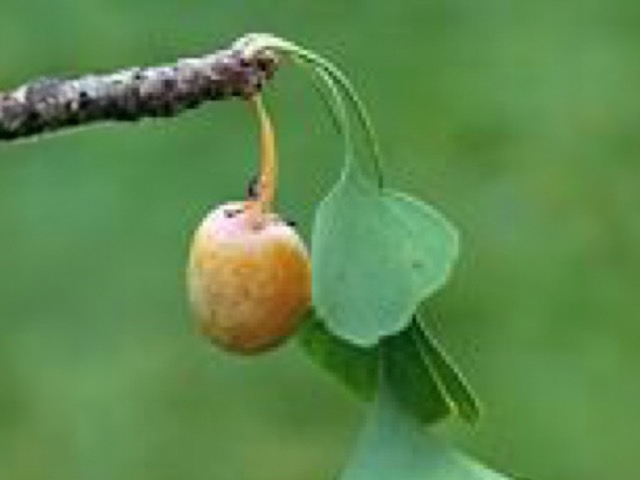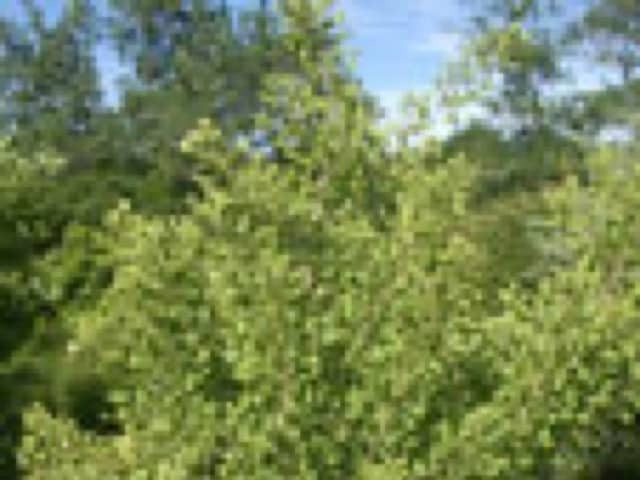Main menu
Common skin conditions

NEWS
Join DermNet PRO
Read more
Quick links
Ginkgo biloba — extra information
Common name: |
Maidenhair tree (living fossil). |
Botanical name: |
Ginkgo biloba |
Family: |
Ginkgoaceae belong to the class of the Ginkgophytes. This class constituted the link between the ferns and the angiosperms (flowering plants). |
Origin: |
The Ginkgo biloba is the world's oldest living tree, a species whose existence can be traced back-over 250 million years! For this reason, the Ginkgo was referred to as living fossil (1859) by Charles Darwin. Ginkgo trees were common and widespread in Asia, Europe and America but disappeared from America about 7 million years ago, and from Europe about 3 million years ago. |
Description: |
Deciduous conifer. A Ginkgo biloba tree can reach 30 or 40 m height and a spread of 8 meters. The trunk can become about 3 or 4 meters wide in diameter. It is straight columnar and sparingly branched. Young trees have usually a central trunk, pyramidal in shape, with regular, lateral, ascending, asymmetrical branching. The bark is brown and rough. It fissures rough furrows with the age. The leaves of this tree are interesting and unique from any other tree. They are fan-shaped, leathery and smooth. They are often deeply grooved in the middle of the leaf, producing two distinct lobes, hence the name Ginkgo biloba (two lobes). The leaves have a venation pattern that is open dichotomous; the veins fork in pairs from the base of the leaf, and are not cross-connected. They are bright green during the summer, turning gold before dropping in the fall. |



Gingko

Gingko
Uses: |
Ginkgo nuts have long been regarded as a delicious food by Japanese people, and these have been cooked and served in various ways depending on the time. Ginnan is the Japanese word for those seeds. The first mentioned medicinal use of Ginkgo biloba appears in China. Ginkgo leaf is first mentioned in Lan Mao's Dian Nan Ben Cao, published in 1436 during the Ming dynasty. Lan Mao notes external use to treat skin and head sores as well as freckles. Internal use of the leaves is first noted in Liu Wen-Tai's Ben Cao Pin Hui Jing Yao , an imperial commissioned work recorded in 1505. Liu Wen Tai notes use of the leaves in the treatment of diarrhoea. The leaves of ginkgo are known in Chinese medicine as bai-guo-ye. Recent clinical reports in modern China suggest that the leaves lower serum cholesterol levels and have some clinical value in angina pectoris. |
Allergens: |
Ginkgolic acid. |
Allergy: |
Allergic contact dermatitis has been reported particularly to the fruit and nuts of female trees. Food poisoning has occured in Japan when too many nuts are eaten:. It appears to be caused by MPN (4-O-methylpyridoxine) which has an anti-vitamin B6 activity. |
Cross reactions: |
Cross-reacts with anarcardaceae species including poison ivy, mango, rhus tree, etc. |
Other information: |
The fruits are often produced in great abundance and becoming an abscissing mushy mess in October, covering the ground with fleshy, strongly malodorous fruits. They then release a very nauseous odor, of a type of rancid butter, due to the presence of butyric acid. Moreover, as they are viscous, the presence of a great quantity of ovules on the roadway or on a pavement can be at the origin of accidents. Finally this pulp contains irritating and allergic substances for certain people; its handling starts cutaneous pruriginous injuries. In fact, urban landscapers recommend only the male tree. |
Patch test: |
1 in 10 fruit pulp in acetone. |
References
- Botanical Dermatology Database
- Chiu AE, Lane AT, Kimball AB. Diffuse morbilliform eruption after consumption of ginkgo biloba supplement. J Am Acad Dermatol. 2002 Jan;46(1):145-6.
- Hausen BM. The sensitizing capacity of ginkgolic acids in guinea pigs. Am J Contact Dermat. 1998 Sep;9(3):146-8.
- Kimura Y, Suzuki M, Kimura M. N-linked oligosaccharides of glycoproteins from Ginkgo biloba pollen, an allergenic pollen. Biosci Biotechnol Biochem. 2001 Sep;65(9):2001-6.
- Koch E, Jaggy H, Chatterjee SS. Evidence for immunotoxic effects of crude Ginkgo biloba L. leaf extracts using the popliteal lymph node assay in the mouse. Int J Immunopharmacol. 2000 Mar;22(3):229-36.
- Li MH, Zhang HL, Yang BY. [Effects of ginkgo leave concentrated oral liquor in treating asthma]. Zhongguo Zhong Xi Yi Jie He Za Zhi. 1997 Apr;17(4):216-8. Chinese.
- Lovell CR.1993, Plants and the Skin, Blackwell, Oxford.
- McGovern TW, Barkley TM. Botanical briefs. The Ginkgo tree--Ginkgo biloba L. Cutis. 1999 Sep;64(3):154-6.
- Mitchell JC, Rook A, 1979, Botanical Dermatology, Plants and Plant products injurious to the skin, Greengrass, Vancouver.
- Mossabeb R, Kraft D, Valenta R. Evaluation of the allergenic potential of Ginkgo biloba extracts. Wien Klin Wochenschr. 2001 Aug 16;113(15-16):580-7.
- Perrenoud D, Shaw S, Castelain M, Pigatto P, Laine G. "Active hypoallergenicity". Contact Dermatitis. 1998 Nov;39(5):274.
- Steurer J, Siegenthaler-Zuber G, Siegenthaler W, Suter S, Kessler FJ, Vahlensieck M, Streuli R, Lingg G. [Paroxysmal non-hereditary angioedema]. Dtsch Med Wochenschr. 1990 Oct 19;115(42):1586-90. German.
- Volkner JH. [Inhalations of extracts from Gingko biloba in vasomotor rhinitis and in the bronchitic syndrome]. Dtsch Med J. 1967 Sep 5;18(17):527-33. German.
- Yun YY, Ko SH, Park JW, Hong CS. IgE immune response to Ginkgo biloba pollen. Ann Allergy Asthma Immunol. 2000 Oct;85(4):298-302.
Other websites
- Gingko – MedlinePlus
